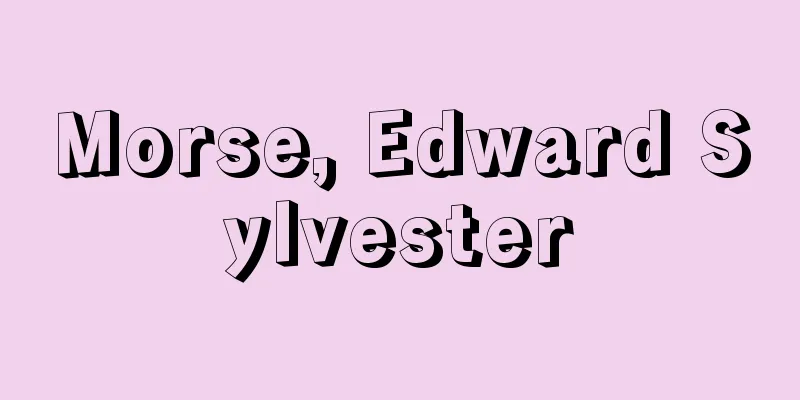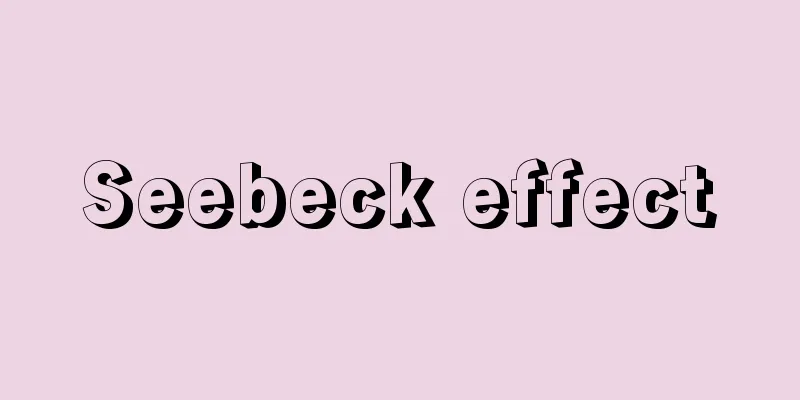Keikai - Kyokai

|
Year of birth: Year of birth and death unknown. A monk from the late Nara to early Heian period. Also read as "Keikai". Author of "Nihon Ryōiki" (official title: "Nihonkoku Genpo Zenaku Ryōiki"), Japan's first collection of Buddhist tales. From the signatures at the beginning of each volume of the book and at the end of the third volume, it is known that he was a monk of Yakushi-ji Temple and held the rank of Dento-jui. There are no other contemporary historical documents about Keikai, and only a little information can be obtained from within the book, such as the 38th story in the second volume, which contains an autobiographical description. First, regarding his birthplace, since the book contains many stories about Nagusa County in Kii Province (Wakayama Prefecture), it is assumed that he was from that place. He had a private temple in his base (also probably Nagusa County), supported his wife and children, owned horses, and lived a semi-secular life. There is no mention in the book that he was a privately ordained monk (a monk who became a monk without government approval), but it is assumed that he started his religious activities as a privately ordained monk and later became an officially ordained monk and became affiliated with Yakushiji Temple. However, he did not live at Yakushiji Temple after that. It is safe to assume that most of his life and activities were carried out in Kii Province, where his private temple was located. Nihon Ryōiki was written with reference to the Chinese collections of Buddhist miracle stories, Meibōki and Kongō Hannyakyō Shūgenki. There are also many quotations from the scriptures, but most of them are not direct quotations, but secondhand quotations from Bonmōkyō Kojakuki and Shojō Yōshū. The core of his teachings was that benefits could be obtained by believing in the Three Treasures (Buddha, Dharma and Sangha - Buddhist statues, scriptures and monks). He also preached the theory of the five separate natures (the theory that practitioners are divided into five types, with some able to attain Buddhahood and others unable to), and it seems that he had some understanding of the teachings of the Hosso sect at the time. Influences of Taoism and Onmyōdō can also be seen. There are many studies on Keikai. <References> "Nihon Ryoiki Research Bibliography" edited by Norika Futaba (Kazuhiko Yoshida) Source: Asahi Japanese Historical Biography: Asahi Shimbun Publications Inc. About Asahi Japanese Historical Biography |
|
生年:生没年不詳 奈良後期から平安時代初期の僧。「けいかい」とも読む。日本最初の仏教説話集である『日本霊異記』(正式書名は『日本国現報善悪霊異記』)の著者。同書の上中下各巻の巻首や下巻末尾の署名から,薬師寺の僧で伝灯住位の僧位を有していたことが知られる。景戒についてはほかに同時代の史料がなく,自伝的な記述のみられる下巻第38話など同書の内部からわずかな情報が得られるにすぎない。まず生国であるが,同書には紀伊国名草郡(和歌山県)に関する説話が多いため,同地の出身であろうと推測されている。自分の根拠地(これもおそらく名草郡)に私堂を持ち,妻子を養い,馬を持ち,半俗の生活を営んでいた。 同書には自らを私度僧(政府の認可を経ないで出家した僧)であったとする記述はないが,当初は私度僧として宗教活動を開始し,のちに官度の僧となって薬師寺に所属したと推測される。ただし,その後も薬師寺で起居したわけではない。生活,活動のほとんどは私堂のある紀伊国で営まれたと考えてよい。『日本霊異記』は中国の仏教霊験説話集である『冥報記』『金剛般若経集験記』を参照して作られている。また経典からの引用も数多いが,ほとんどは直接引用ではなく,『梵網経古迹記』『諸経要集』からの孫引きである。彼の説く教えの中心は,三宝(仏法僧―仏像・経典・出家者)を信心すれば利益が得られるというものであった。また五性各別説(修行者を五種にわけ,成仏可能な者と不可能な者とがあるとする説)を説いており,当時の法相宗の教学にもある程度の理解は持っていたらしい。道教,陰陽道の影響も認められる。景戒に関する研究は数多い。<参考文献>二葉憲香監修『日本霊異記研究文献目録』 (吉田一彦) 出典 朝日日本歴史人物事典:(株)朝日新聞出版朝日日本歴史人物事典について 情報 |
<<: Wollastonite (English spelling)
Recommend
Zhao Mengfu - Cho Mofu
He was a Chinese government official, calligraphe...
Pasto (English spelling)
The capital of Nariño province in the southwestern...
Martial law power - Kaigen taiken
...Supreme Command), (7) Prerogative of Military ...
Sadatsuna Sasaki
A military commander in the early Kamakura period...
Hairy shaven head
In the days when it was considered normal for mon...
Apollo 11 - Apollo 11 (English spelling)
The American Apollo spacecraft was the first to su...
Theurgy
The original meaning of the word is a compound wor...
Owari Hamanushi - The End of Hamanushi
A gagaku musician from the early Heian period. He...
Huviṣka (English spelling)
…The pedestal of the Buddha, which only had its f...
Moral Rearmament Movement - Moral Rearmament Movement
The Moral Rearmament Movement, or MRA for short, i...
Phoenicopterus chilensis (English spelling)
… [Hiroyuki Morioka]. … *Some of the terminology ...
Kanaguri Award Asahi Marathon - Kanaguri Award Asahi Marathon
...This was the turning point for him to decide t...
Schlemmer
German painter, sculptor, and stage designer. Born...
Kayato
…The ridgeline near the top of a mountain that is...
Epic Theater
A theory of drama proposed by E. Piscator and cont...
![Tochio [city] - Tochio](/upload/images/67cc58347748b.webp)

![Tamagawa [Village] - Tamakawa](/upload/images/67cc25b17f9c2.webp)






